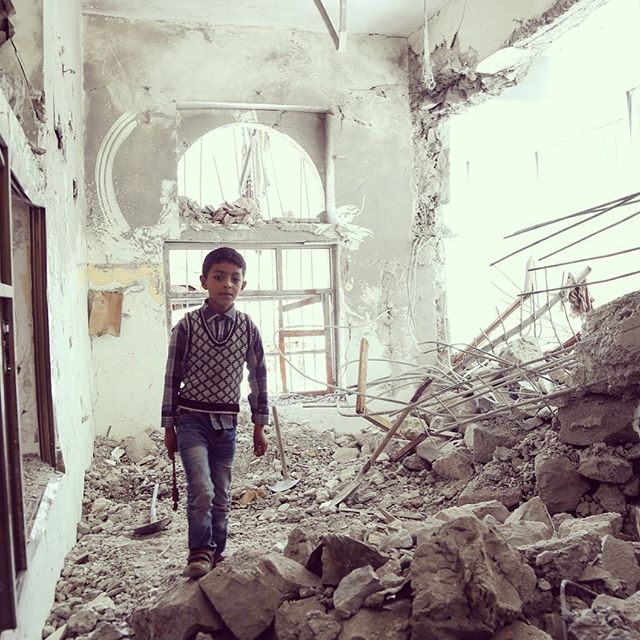The numbers don’t lie.
The United Nations is expecting 2016 to be the most challenging year ever for global humanitarian operations. And the two top culprits are conflicts in the Middle East and El Nino weather patterns
Every December, the United Nations Office for the Coordination of Humanitarian Affairs, better known as OCHA, issues a funding appeal to support the basic humanitarian needs of people affected by natural or manmade disasters. The appeal crunches data and surveys the world to project the year ahead in disaster; it calculates the number of people displaced or otherwise in need of emergency humanitarian relief, surveys NGOs and humanitarian agencies, like Save the Children, UNICEF and the World Food Program about their needs to provide relief during emergencies in the year ahead, and puts together a funding target against those needs.
This year, the appeal broke all sorts of records: in all, humanitarian agencies will require $20.1 billion to serve an estimated 89.1 million people in 37 countries. To put this in perspective, this figure is about five times the appeal of ten years ago and double the amount just five years ago.

The number of people displaced, either internally or as refugees, follows a similar track. The world is in the midst of the worst displacement and refugee crisis since World War Two. As displacement increases, so does funding requirements to provide for basic humanitarian services to people uprooted from their homes and livelihoods.

By far the single largest driver of displacement and humanitarian needs are the twin conflicts in Syria and Iraq, where a combined 29.2 million people are in need of assistance. (Over the last year, the number of people in need of assistance in Iraq doubled to over 10 million.) Together, Iraq and Syria conflicts account for nearly half the $20 billion appeal, or about $9 billion total. Other key drivers of this number include the conflicts in Yemen, South Sudan and the Central African Republic.
But this year, there is another key driver of humanitarian needs: El Nino weather patterns, particularly in East Africa and Central America. Ethiopia is currently experiencing one of its worst droughts in decades, putting an estimated 10 million people at risk of food insecurity. In Central America–not generally a huge driver of global humanitarian needs — a severe drought has impacted food production, putting 2.8 million people in immediate need of food aid.
Will the World Pay Up?
This combination of El Nino and ISIS may push humanitarian agencies beyond their breaking point. A revised appeal for 2015 is already $10 billion short. This funding gap has profound real world implications as relief operations are forced to scale back their work. From OCHA
The funding gap means that 1.2 million sick and injured people in Libya will not be able to access health care. Nearly 100,000 children will miss out on an education, and millions will continue to be exposed to threats to their safety and dignity. In Afghanistan, the funding gap means a further reduction in reach to the estimated 1 million malnourished children (current treatment reaches fewer than 30 per cent of children in need). Underfunding also means that more children die before their fifth birthday and suffer stunting due to malnutrition. More women die in childbirth; more people suffer from preventable diseases; more children lose the opportunity to build a future through education; and less protection is given to the most vulnerable displaced people, increasing the risk of sexual abuse and exploitation, especially for girls and women. It also means that more farmers are forced to use their seeds for food instead of crop.
One of the key stories going into 2016 will be the implications of this funding gap to international peace and security. For example, if displaced Syrians are unable to count on basic humanitarian assistance, then it is no surprise that they will feel compelled to migrate as refugees to Europe. And if drought in East Africa turns into a famine — as it did in 2011, in which an estimated 200,000 people died — the regional security implications could be profound.
The most immediate response to these crises is closing the humanitarian funding gap. That does not seem to be in the offing. So, 2016 is shaping up to be an annus horriblis for people displaced by disaster and the humanitarians seeking to serve them.
